Building and Deploying Models with Visual Recognition and Natural Language Classifier

Pooja Mistry
Developer Advocate - IBM
@Poojamakes
IBM Developer
Join IBM Cloud: https://ibm.biz/BdqqiN
Workshop:ibm.biz/visrecworkshop && ibm.biz/nlcworkshop
Slides: https://slides.com/poojamistry/custommodels
Welcome!
-
Name + Title/Company/Program
-
Where You’re From/Joining From
-
Something You Love
-
Quirk: Something that’s uniquely weird or different about you
Watson Studio
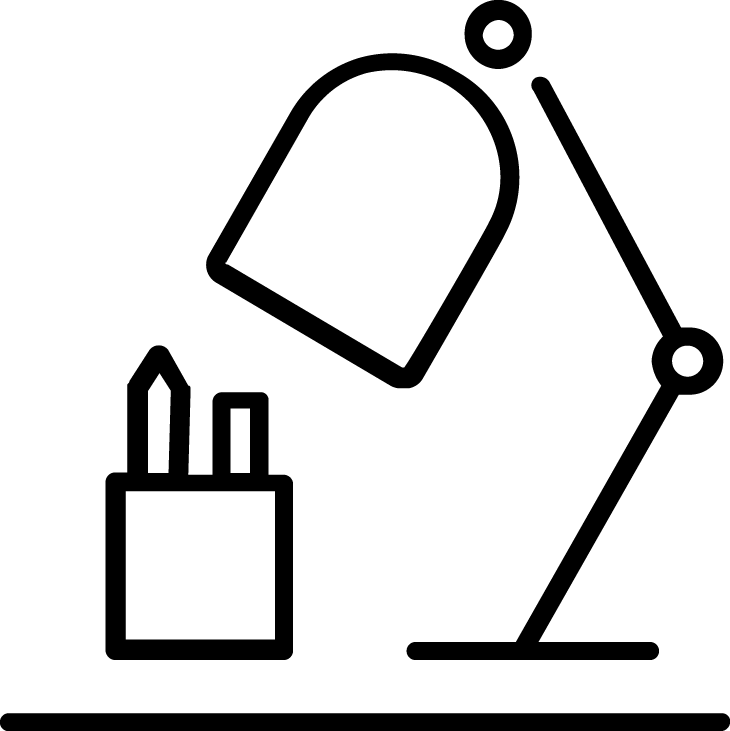
IBM Watson Studio is an interactive, collaborative, cloud-based environment where data scientists can use multiple tools to activate their insights.
Data scientists can work with a growing set of data science tools such as
-
R Studio -
Jupyter -
Python -
Scala -
Spark -
IBM Watson Machine Learning -
Watson Visual Recognition -
Natural Language Classifier -
Auto AI -
and more....
IBM Developer
@poojamakes
IBM Developer
@poojamakes
Today we will learn how to use Watson Studio to Build Custom Models using :
- Watson Visual Recognition
- Natural Language Classifier


Goals :
- Create Watson Studio Project
- Train Visual Data & Textual Data
- Test Visual Model & Textual Data
- Implement and Deploy Visual and Textual Model using CURL and Node.js SDK
What is Watson Visual Recognition
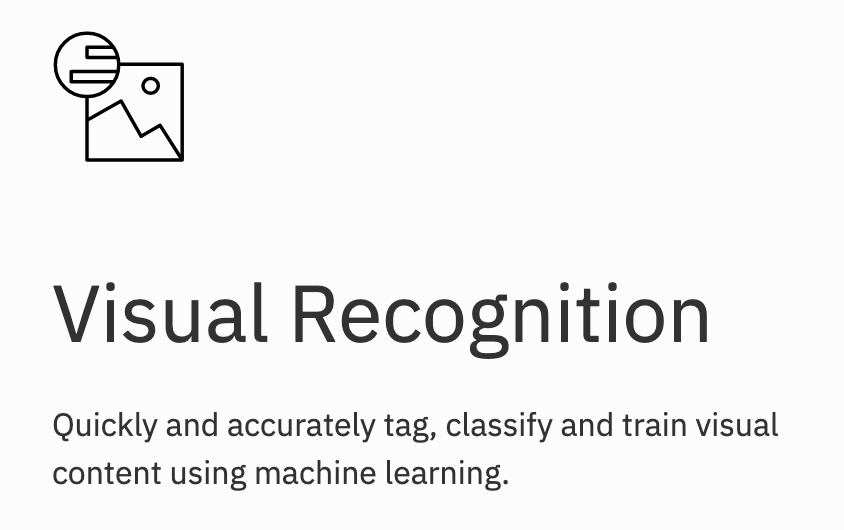

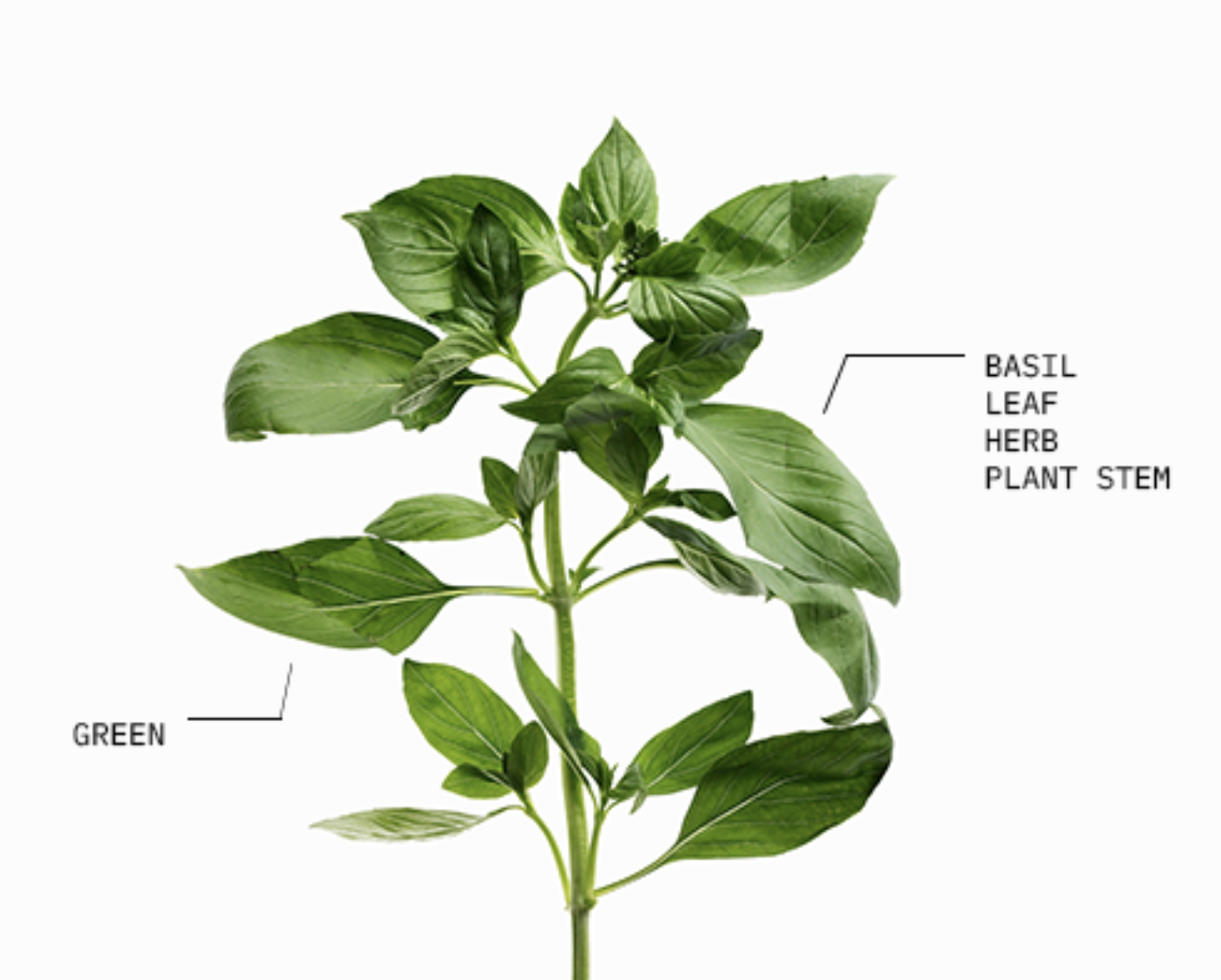
@poojamakes
IBM Developer
Pre Trained Model :
- General model: Default classification from thousands of classes.
- Explicit model: Whether an image is inappropriate for general use.
- Food model: Specifically for images of food items.
-
Text model (Private beta): Text extraction from natural scene images.
Requires training:
- Custom model: Train a custom classifier by providing positive and negative images.
@poojamakes
IBM Developer
General Model
•Animals (including birds, reptiles, amphibians, etc.)
•Person and people-oriented information and activities
•Food (including cooked food and beverages)
•Plants (including trees, shrubs, aquatic plants, vegetables)
•Sports
•Nature (including many types of natural formations, geological structures)
•Transportation (land, water, air)
•And many more, including furnishings, fruits, musical instruments, tools, colors, gadgets, devices, instruments, weapons, buildings, structures and man-made objects, clothing and garments, and flowers, among others.
@poojamakes
IBM Developer
General Model Example
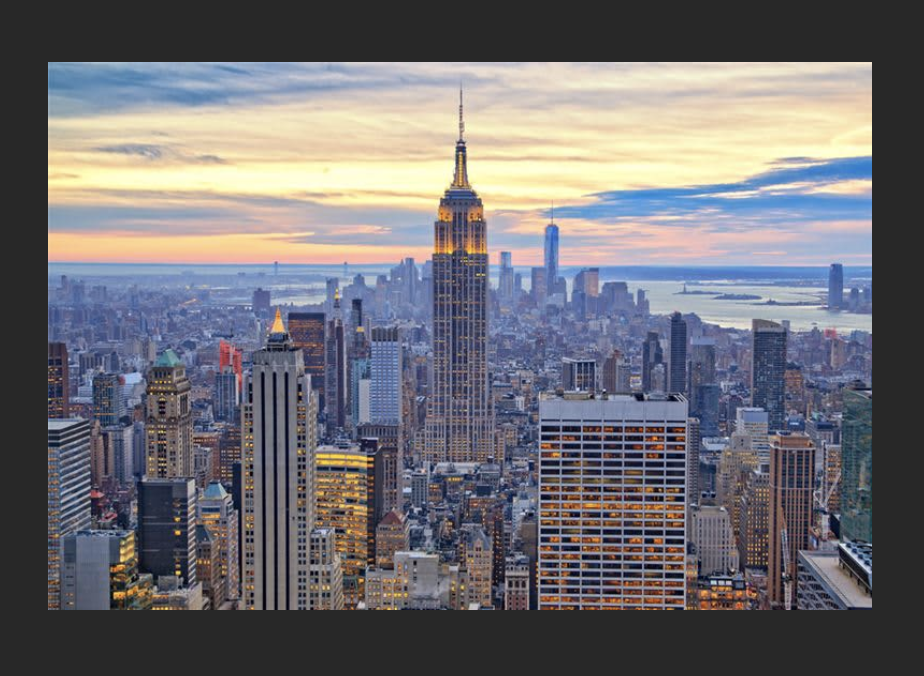
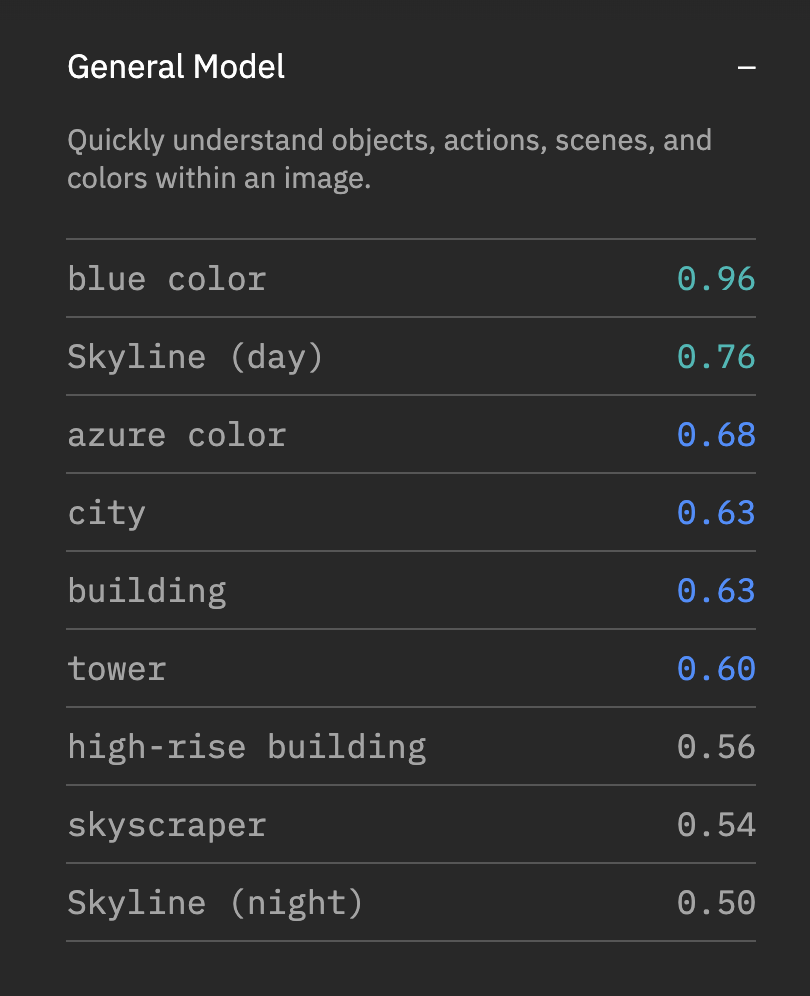
@poojamakes
IBM Developer
General Model Example 2
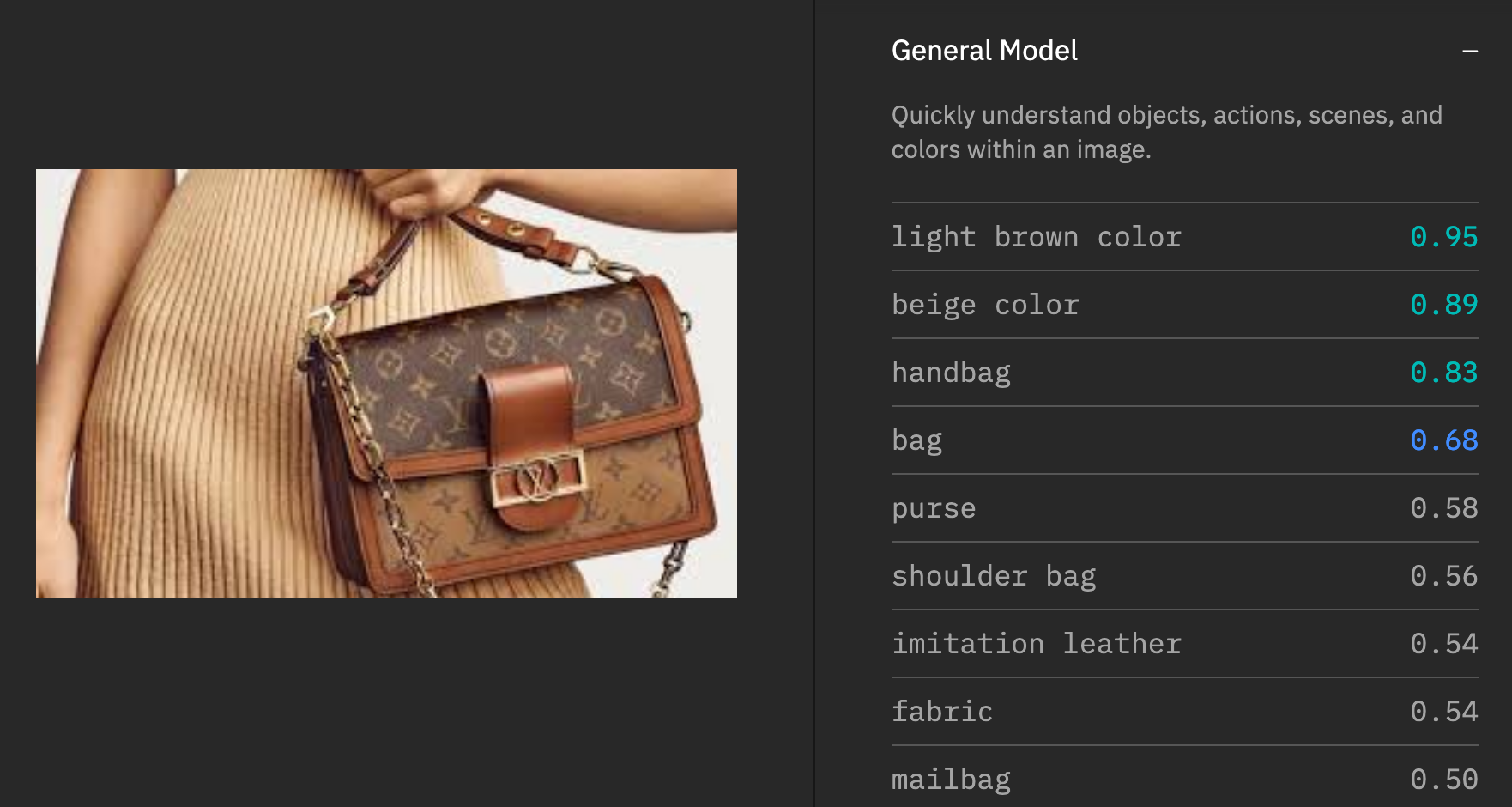
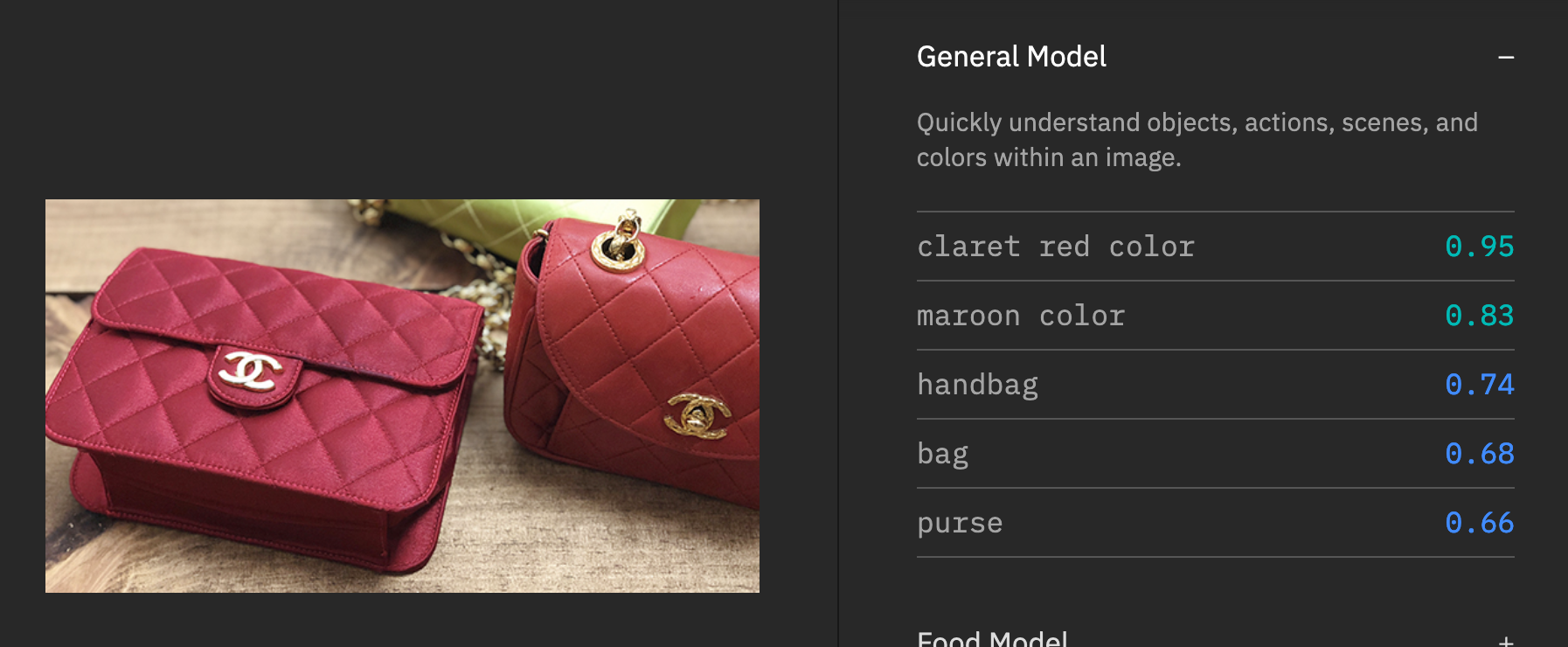
@poojamakes
IBM Developer
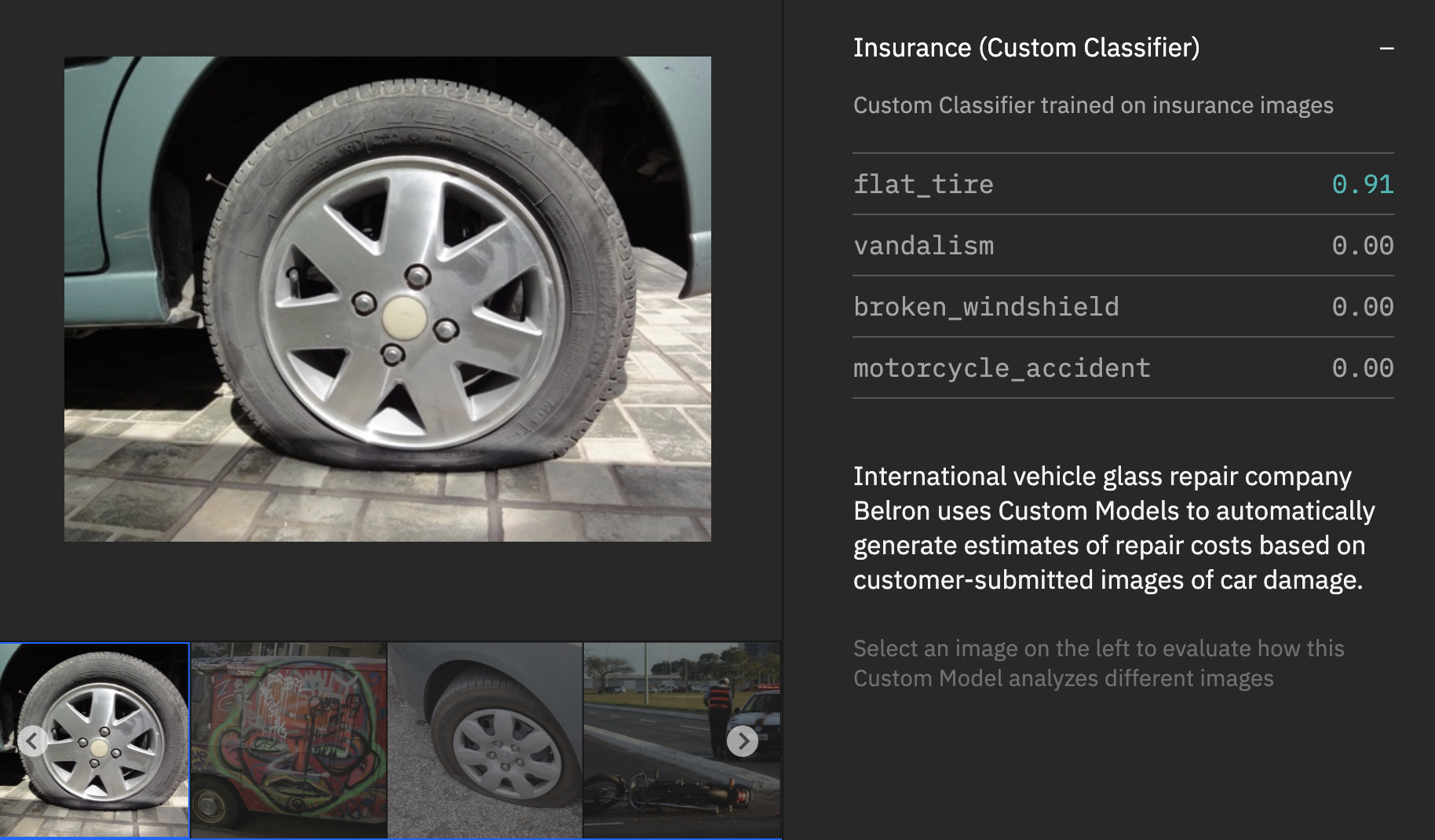
Custom Model
@poojamakes
IBM Developer
Custom Model Example 2
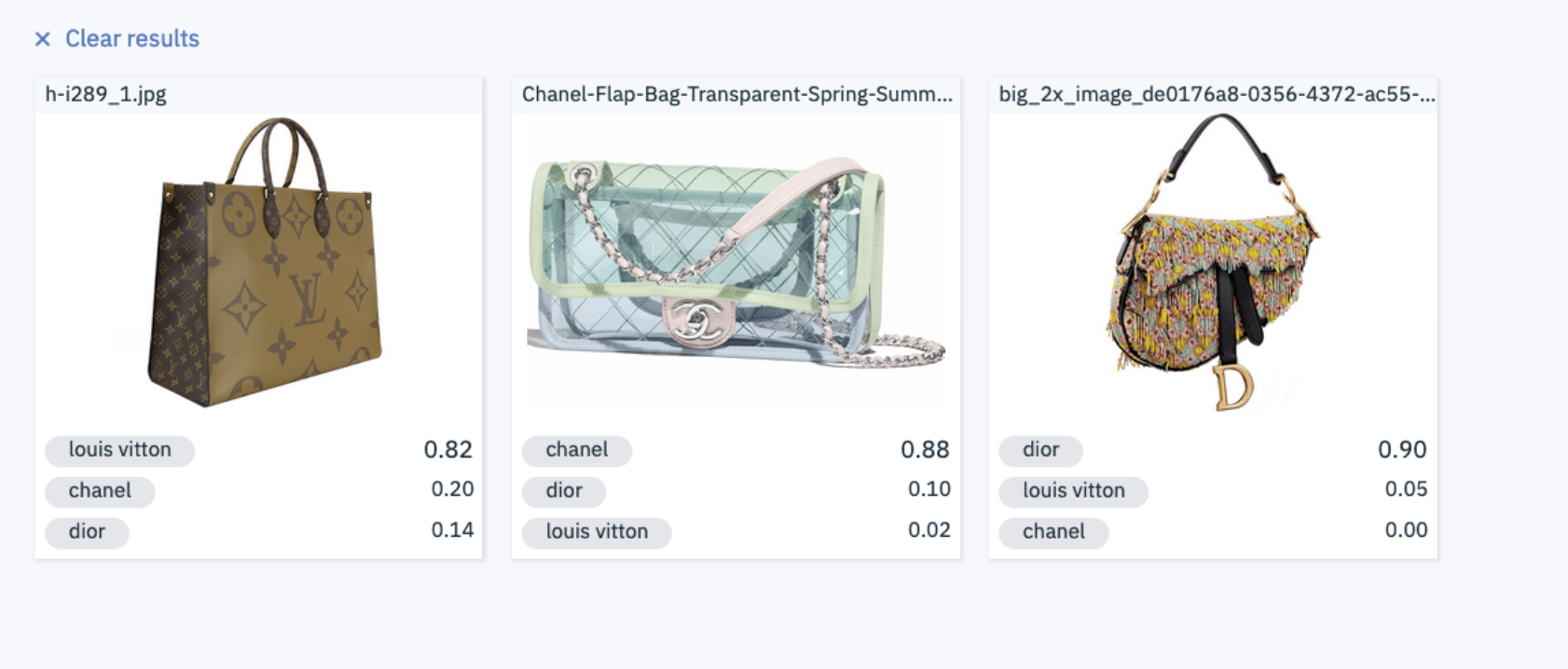
@poojamakes
IBM Developer
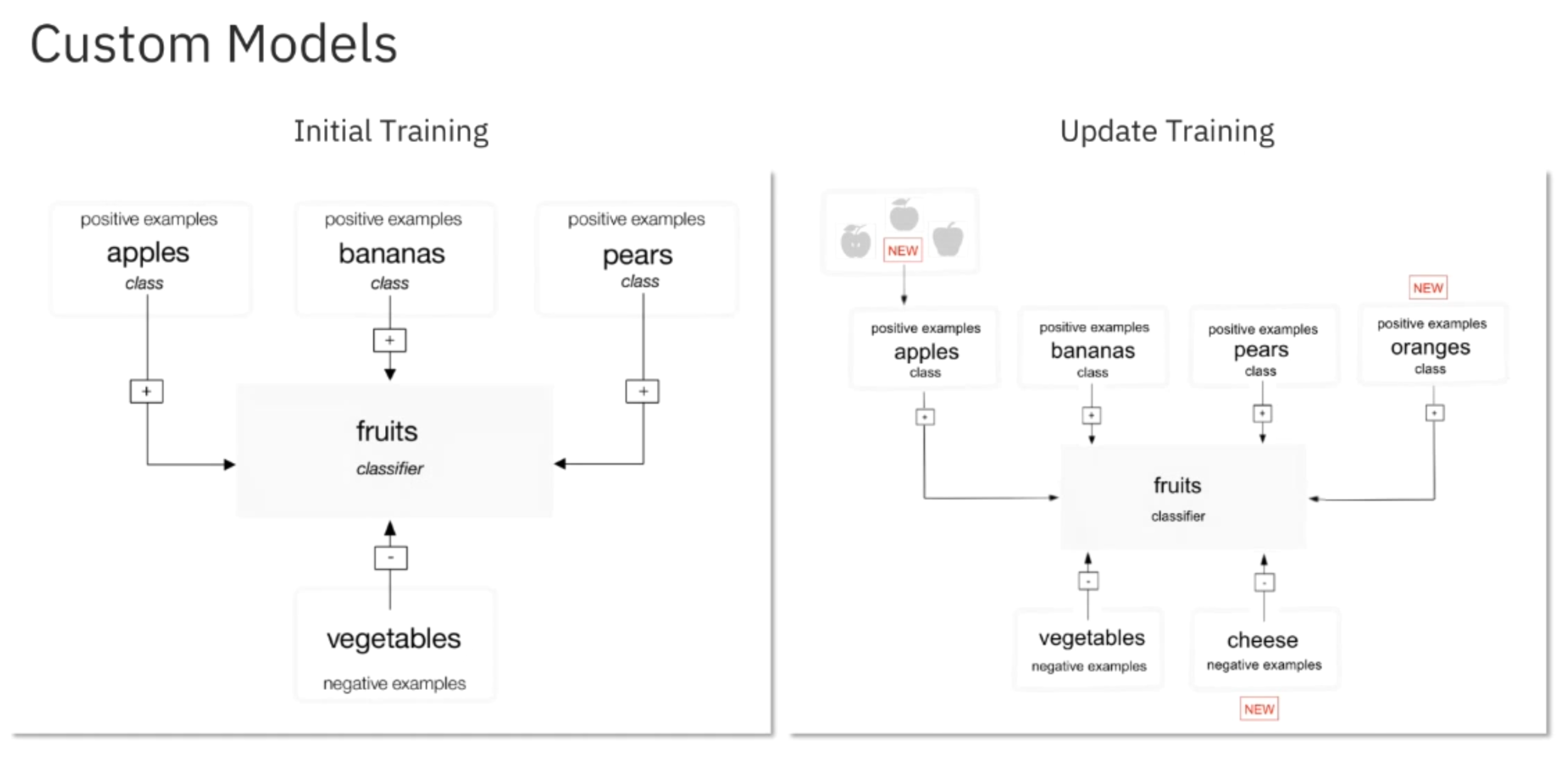
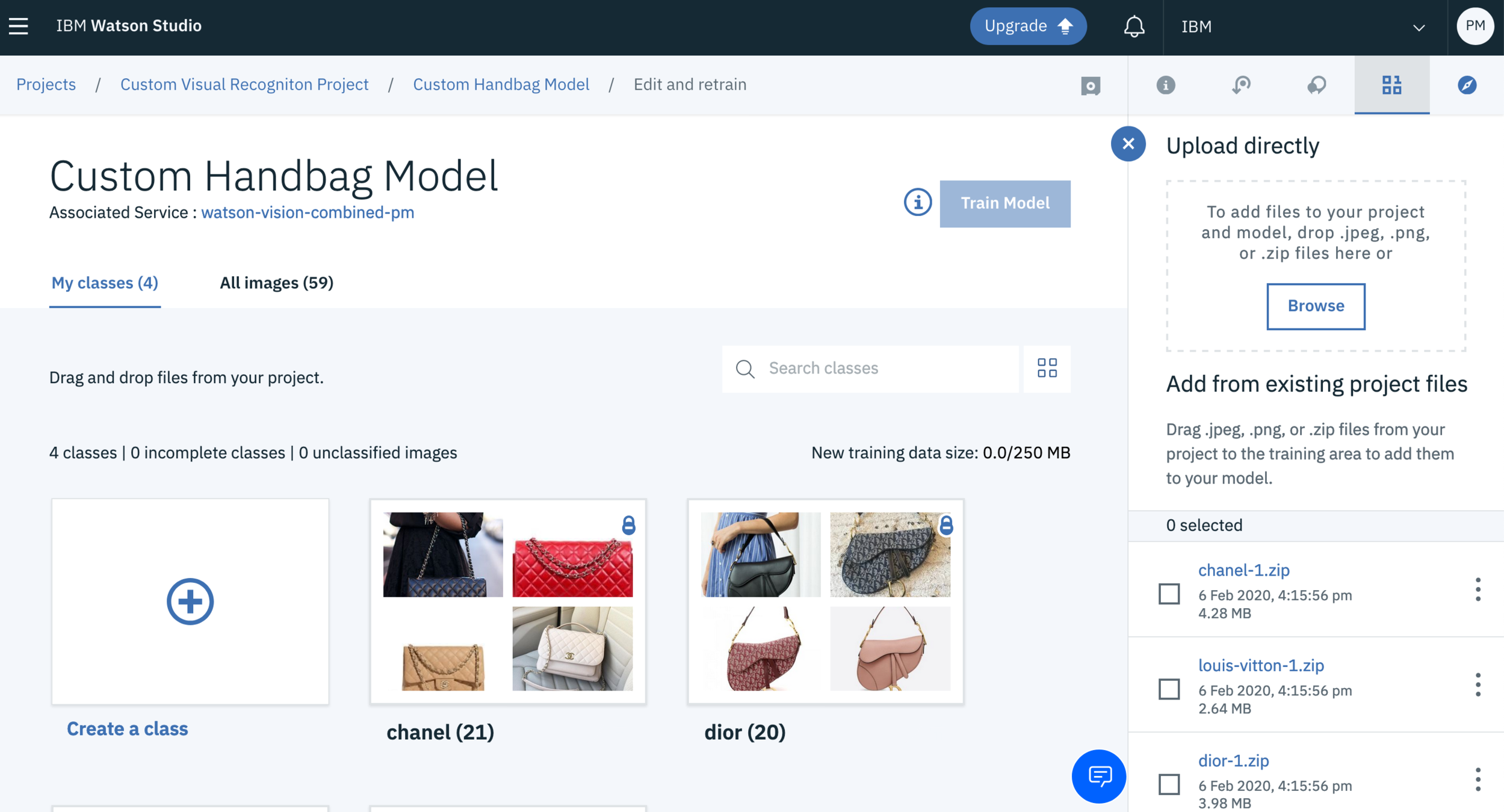
So where do we train these custom models ?
@poojamakes
IBM Developer
Let's Talk a little bit about...
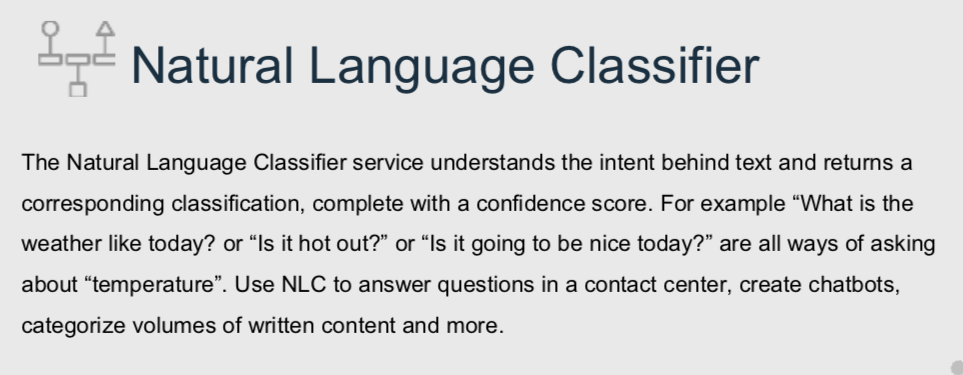
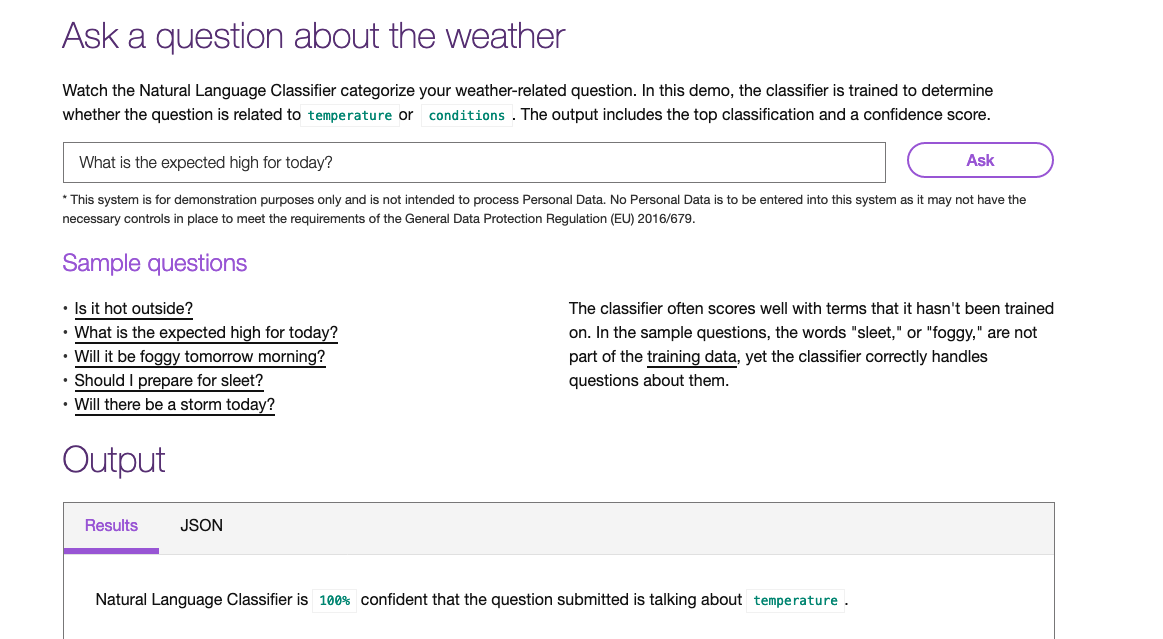
@poojamakes
IBM Developer
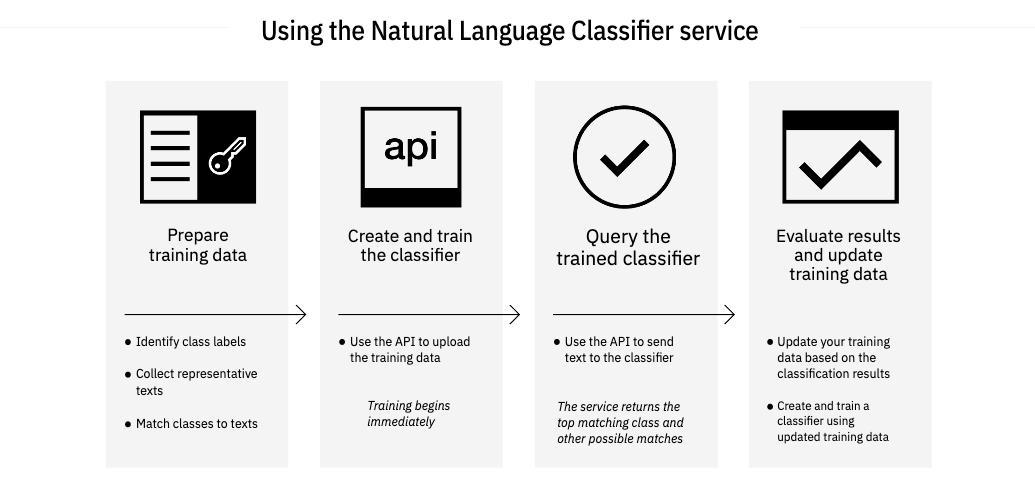
@poojamakes
IBM Developer
Email Phishing App
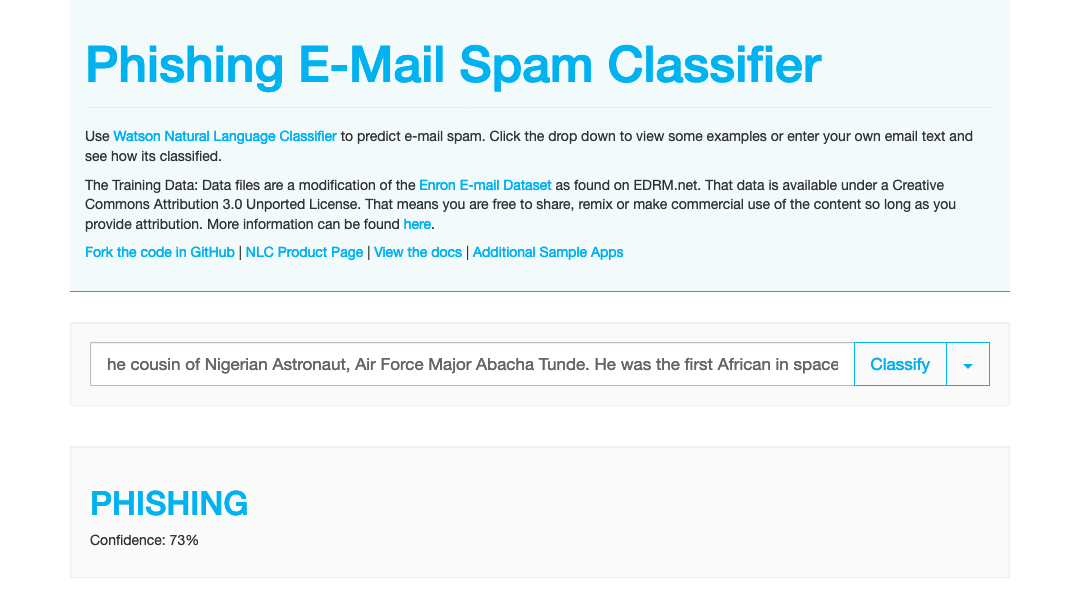
@poojamakes
IBM Developer
Lets Get Started
Visual Recognition Model Workshop:
-
ibm.biz/visrecworkshop
NLC Model Workshop:
-
ibm.biz/nlcworkshop
@poojamakes
IBM Developer
IBM Developer
@poojamakes
Prerequisites
1. Create IBM Cloud Account using THIS URL
https://ibm.biz/BdqqiN
2. Check your email and activate your account. Once activated, log back into your IBM Cloud account using the link above.
3. If you already have an account, use the above URL to sign into your IBM Cloud account.
IBM Developer
Tips for Creating Models
-
Provide training examples that are similar to what you plan to analyze.
- For example : Training a with a tiger in the zoo might give different results when classifying a tiger in the wild. Thee background, light, surroundings, angle, distance and size of subject matters.
- Time vs Accuracy - More images the more data you provide .. the better your model . However ... benefits of more for visual models plateaus around 5000 images
- Recommendation for Visual Recognition model is 150 - 200 per .zip file. Image size of 320 x 320 pixels . Does not need to be high resolution
- Limit the length of input text to fewer than 60 words.
- Make sure that each class is matched with at least 5 - 10 records when each text record has only one class. This number provides enough training on that class.
- Include standard hyphenated terms when they are part of the training data (back-to-back or part-time job).
Resources
- Visual Recognition Docs: https://developer.ibm.com/clouddataservices/docs/ibm-data-science-experience/visual-recognition/
- Natural Language Classifier Docs : https://cloud.ibm.com/docs/services/natural-language-classifier?topic=natural-language-classifier-natural-language-classifier&_ga=2.111773248.518511053.1588862300-204715253.1588862300
-
Survey flooded neighborhoods to identify survivors on rooftops and detect rescue boats : https://developer.ibm.com/tutorials/use-drones-after-floods-to-help-survivors-watson-visual-recognition/
-
Create a mobile app with visual recognition capabilities:https://developer.ibm.com/patterns/visual-recognition-for-ios/
-
Natural Language Classifier Sample Application :https://github.com/watson-developer-cloud/natural-language-classifier-nodejs
-
Classify health data : https://developer.ibm.com/patterns/classify-icd-10-data-with-watson/
@poojamakes
IBM Developer
Code Patterns
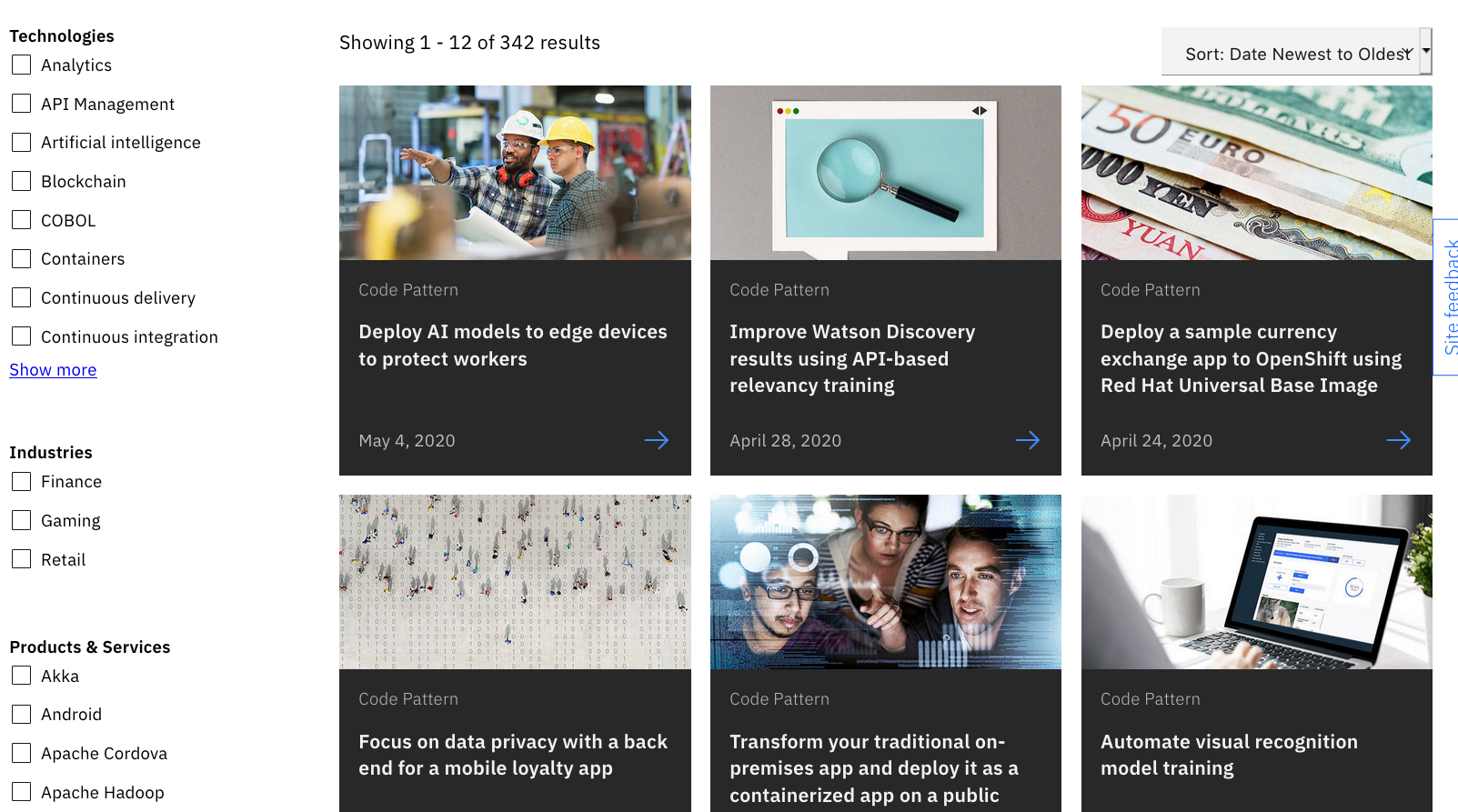
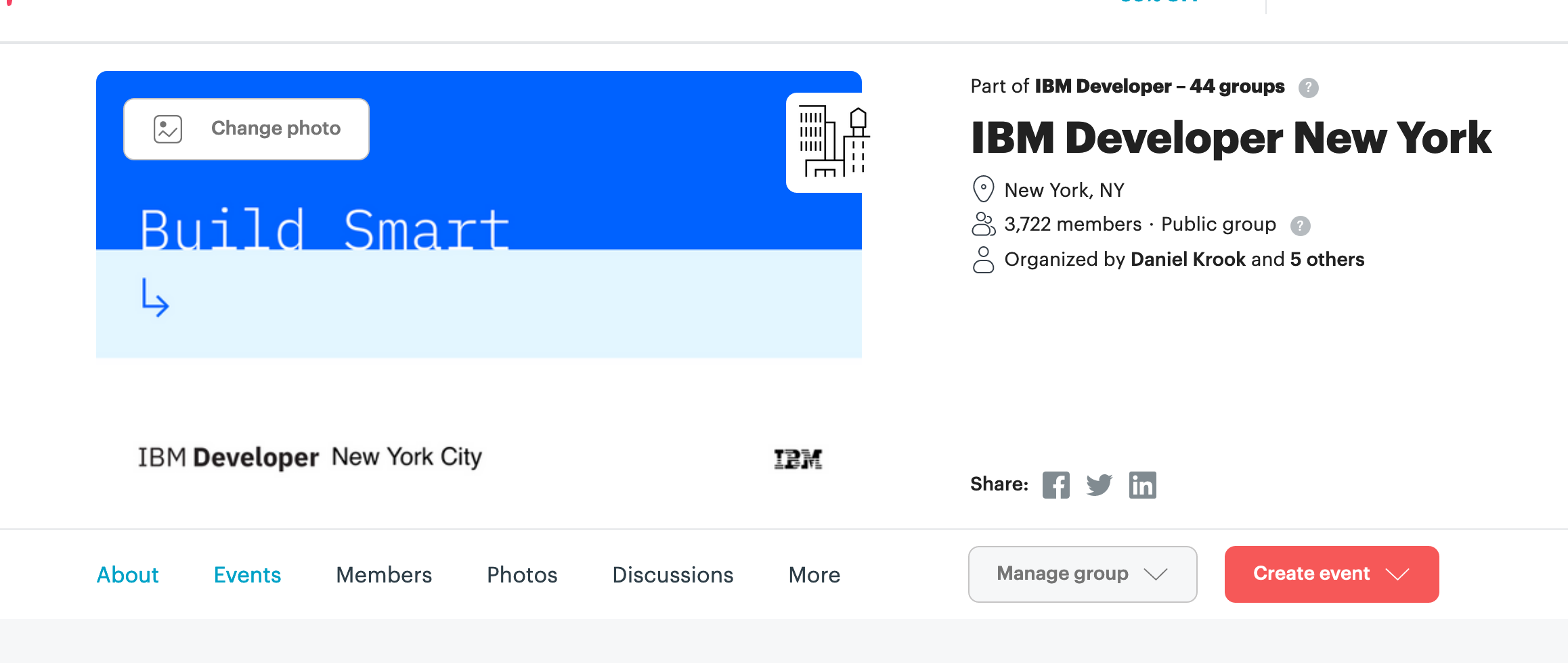
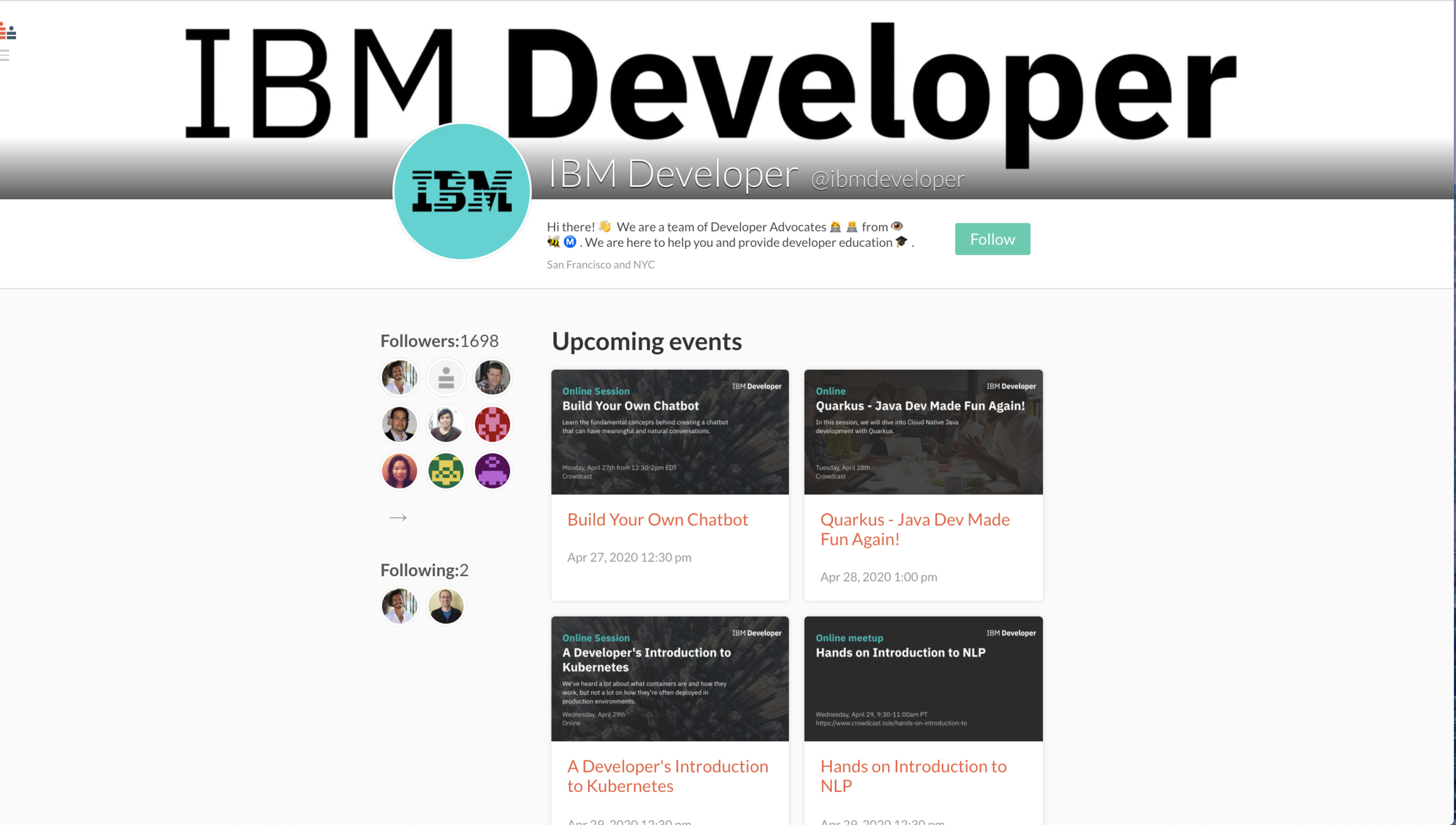
https://www.meetup.com/ibmcodenyc/
@poojamakes
IBM Developer
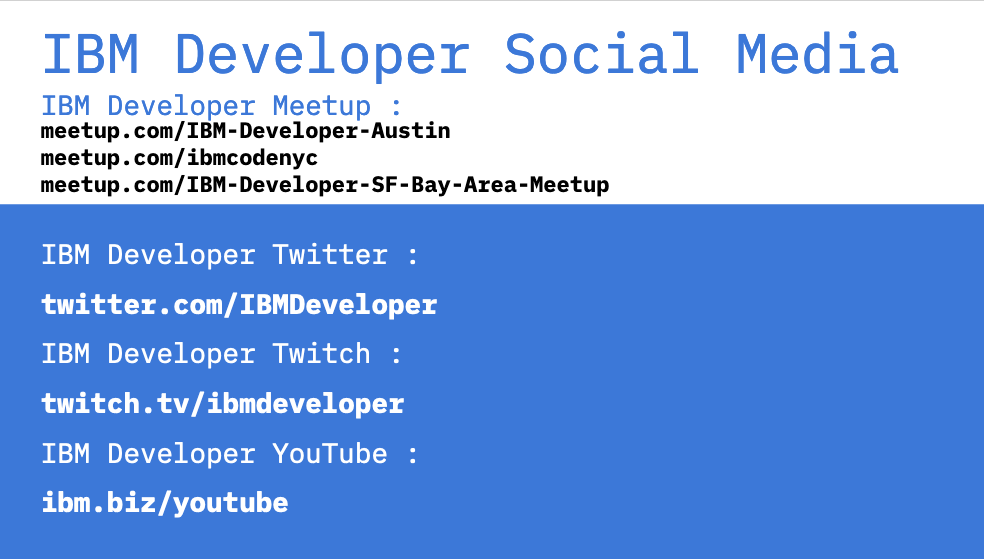
Thank You!
Please Visit : developer.ibm.com
Follow Me!
Twitter: @poojamakes
LinkedIn: Pooja Mistry
dev.to: https://dev.to/poojamakes
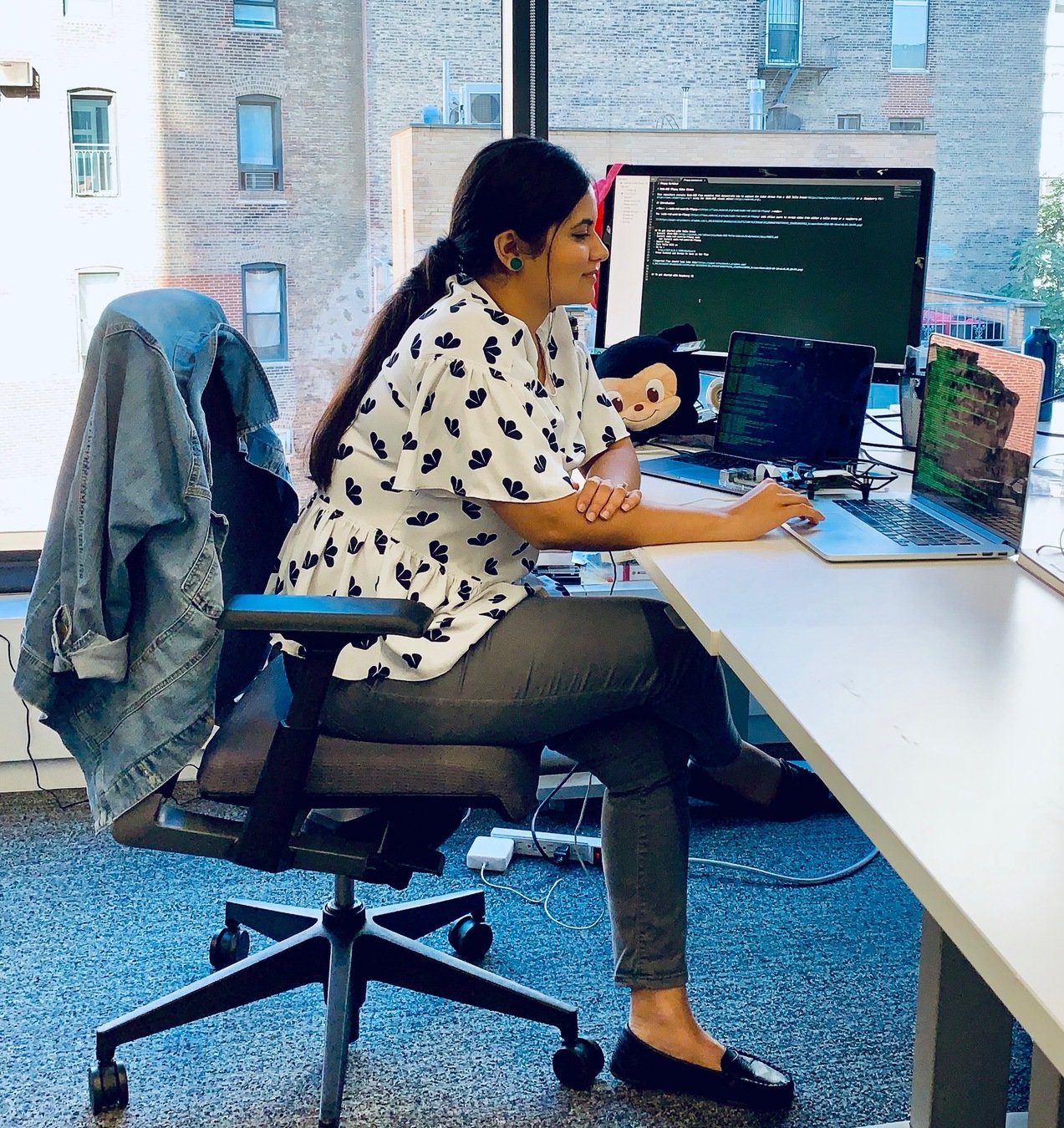
@poojamakes
IBM Developer
IBM Developer
@poojamakes
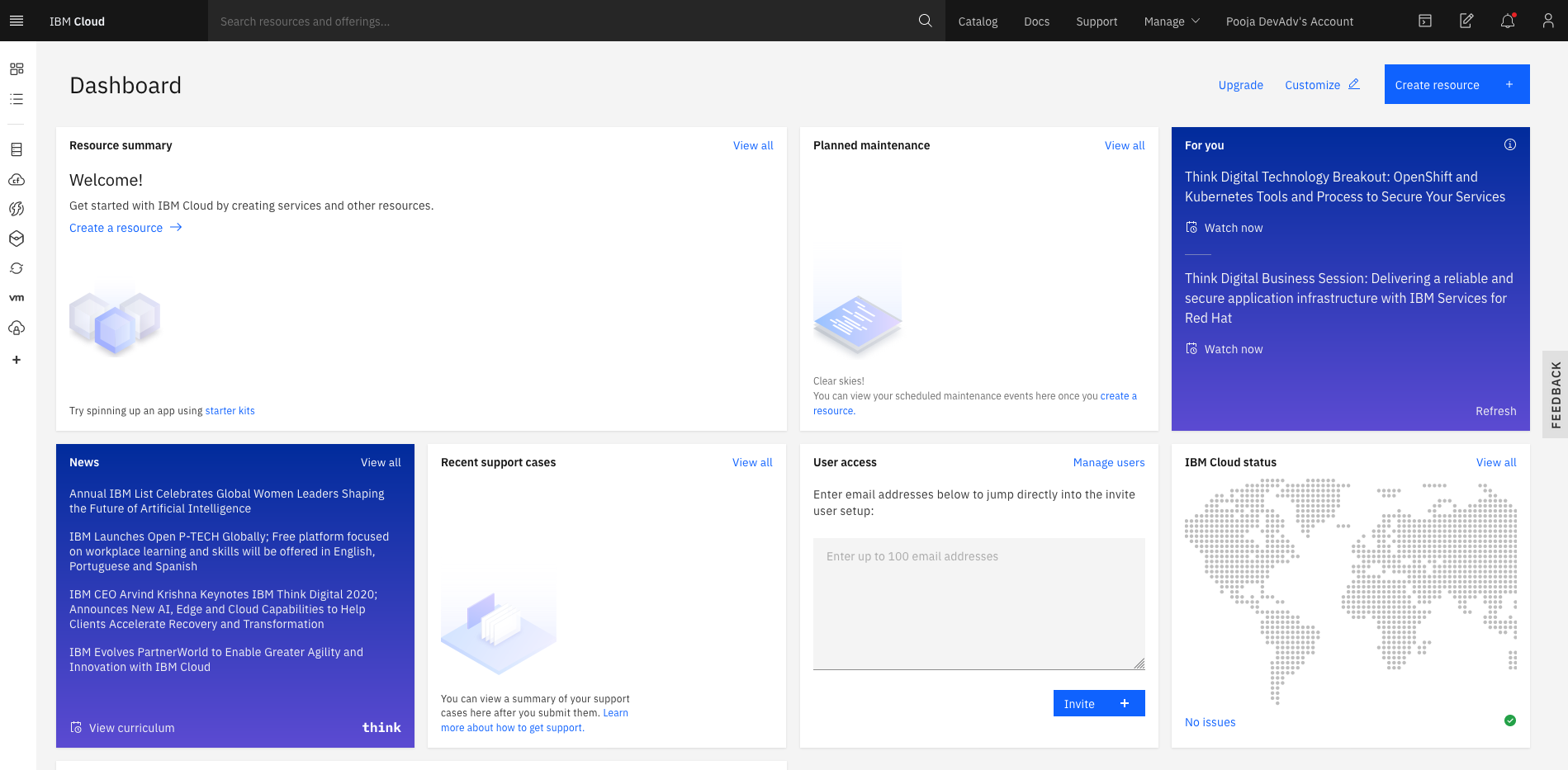
Step1 : Sign up & Login
IBM Developer
@poojamakes
Step 2 : Find Watson Studio
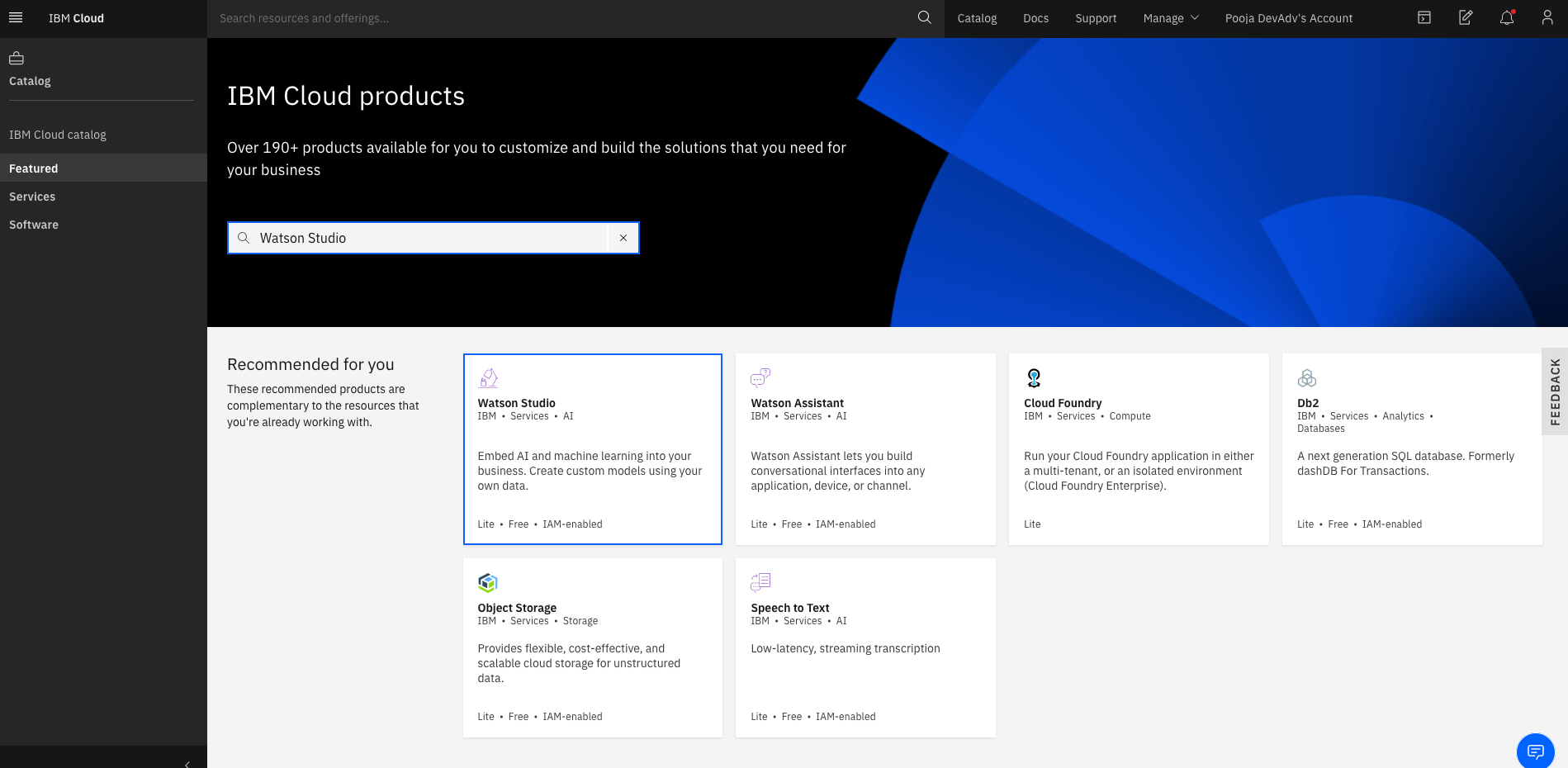
IBM Developer
@poojamakes
Step 3 :

IBM Developer
@poojamakes
Step 4 :
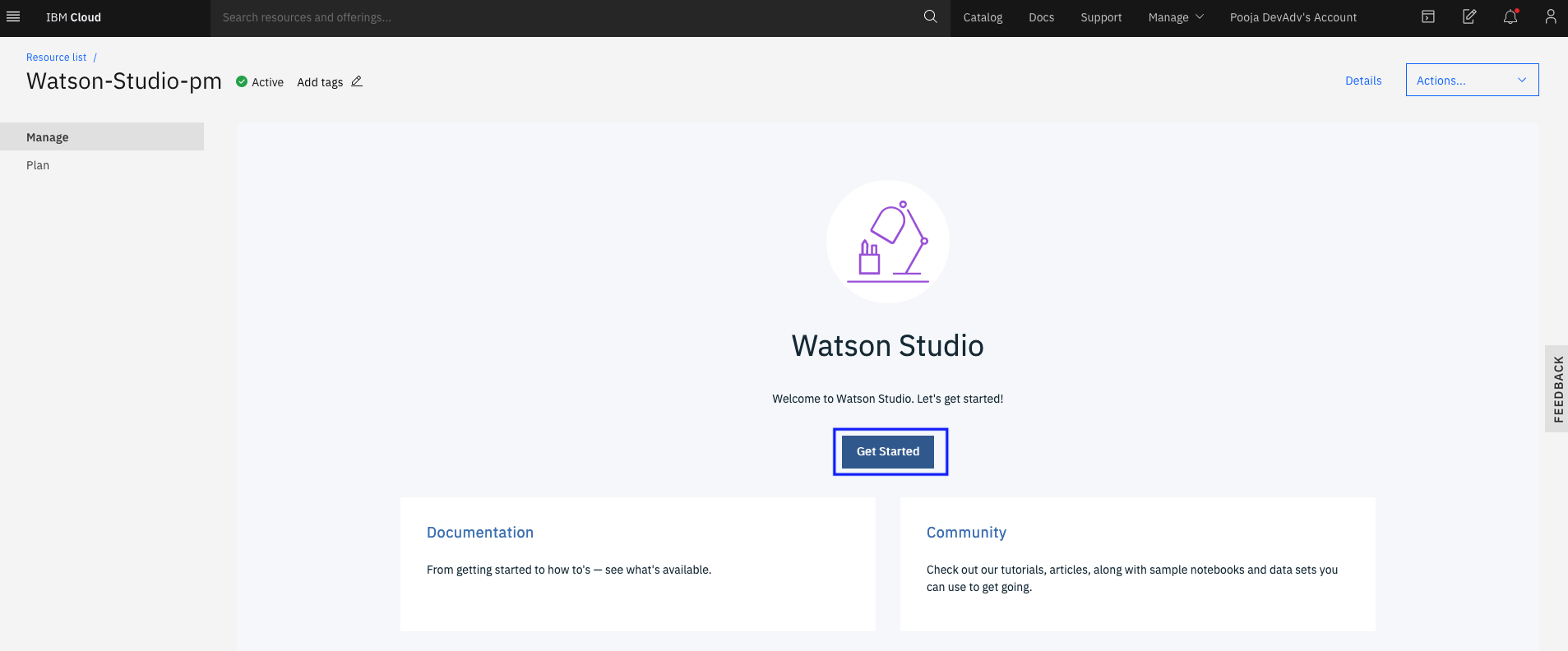
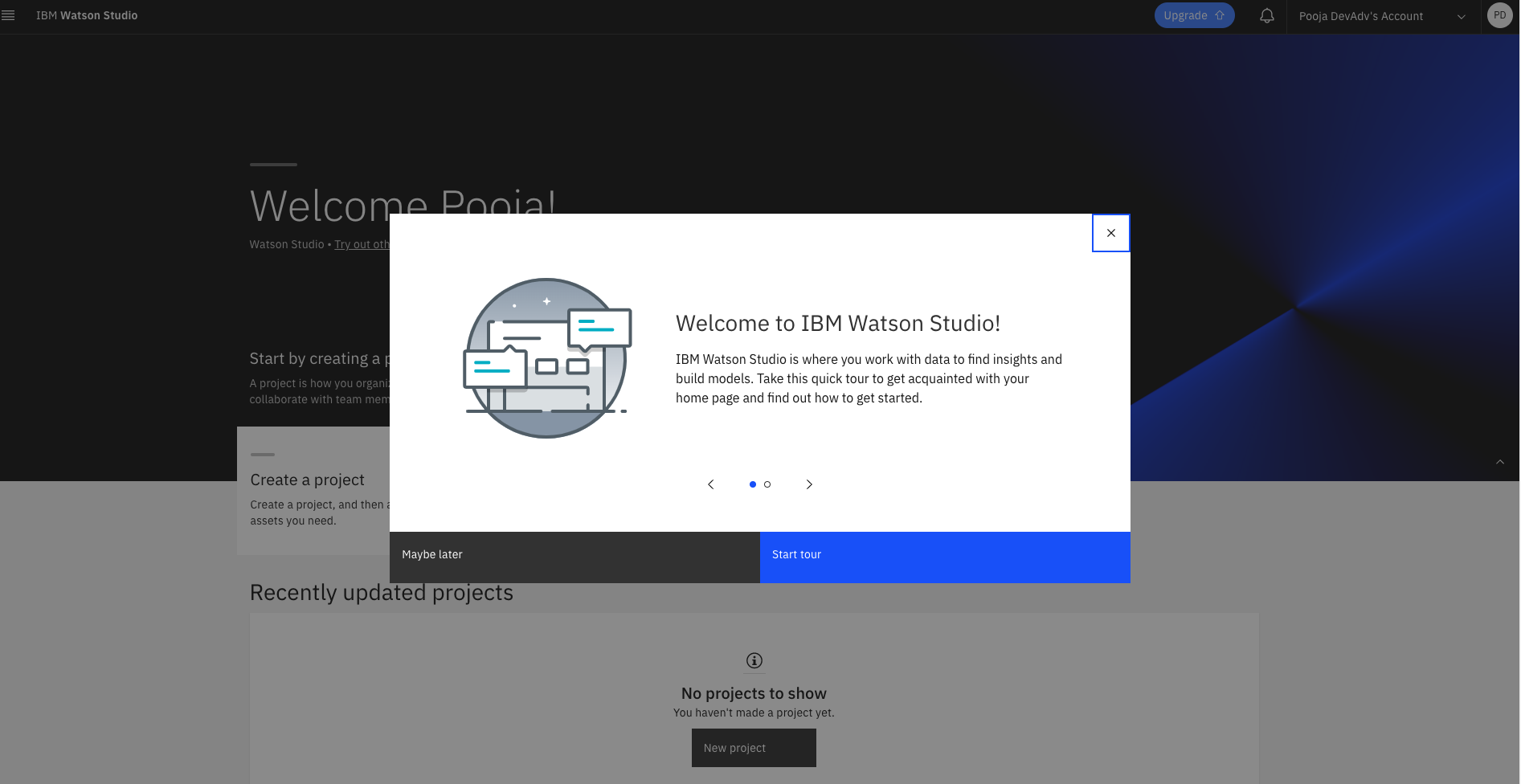
IBM Developer
@poojamakes
Step 5 :
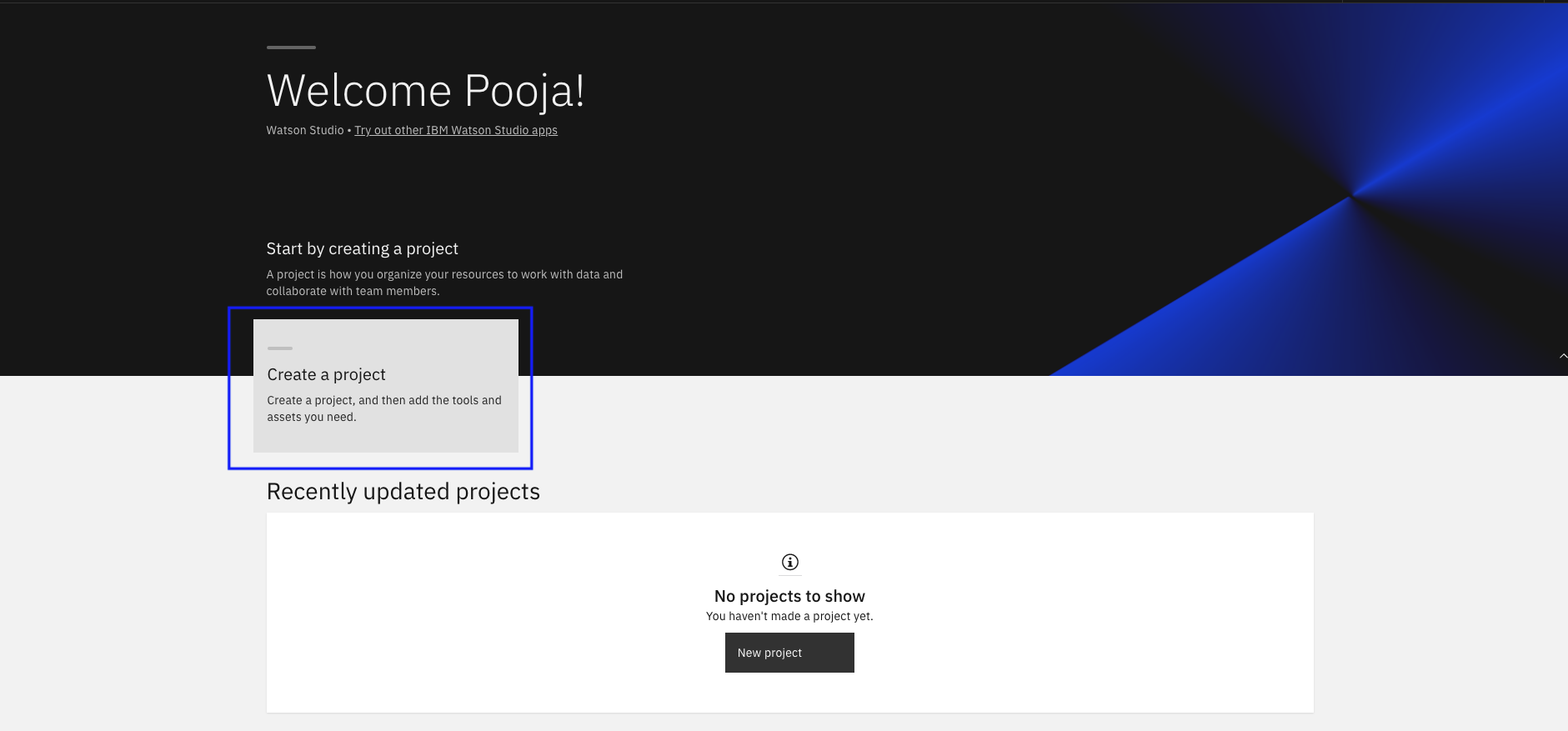
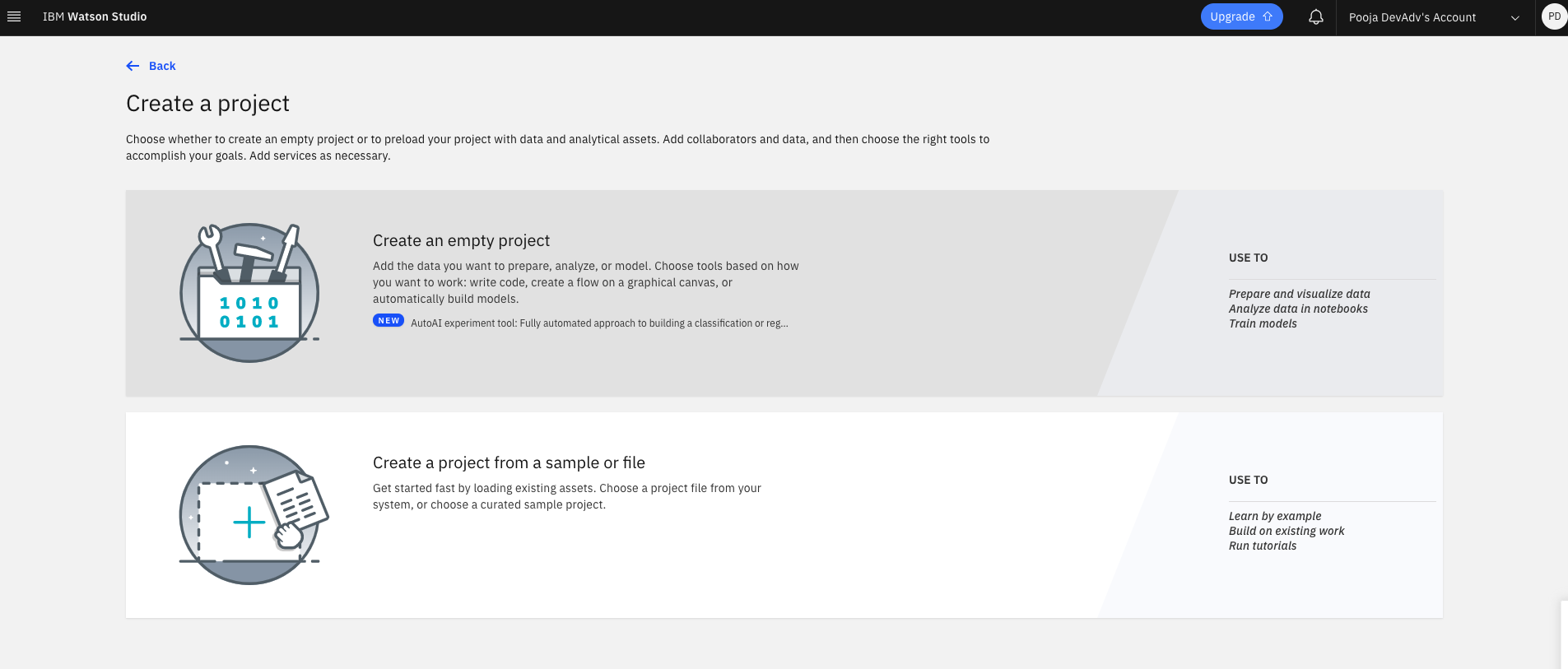
Create a Project
IBM Developer
@poojamakes
Step 6 :

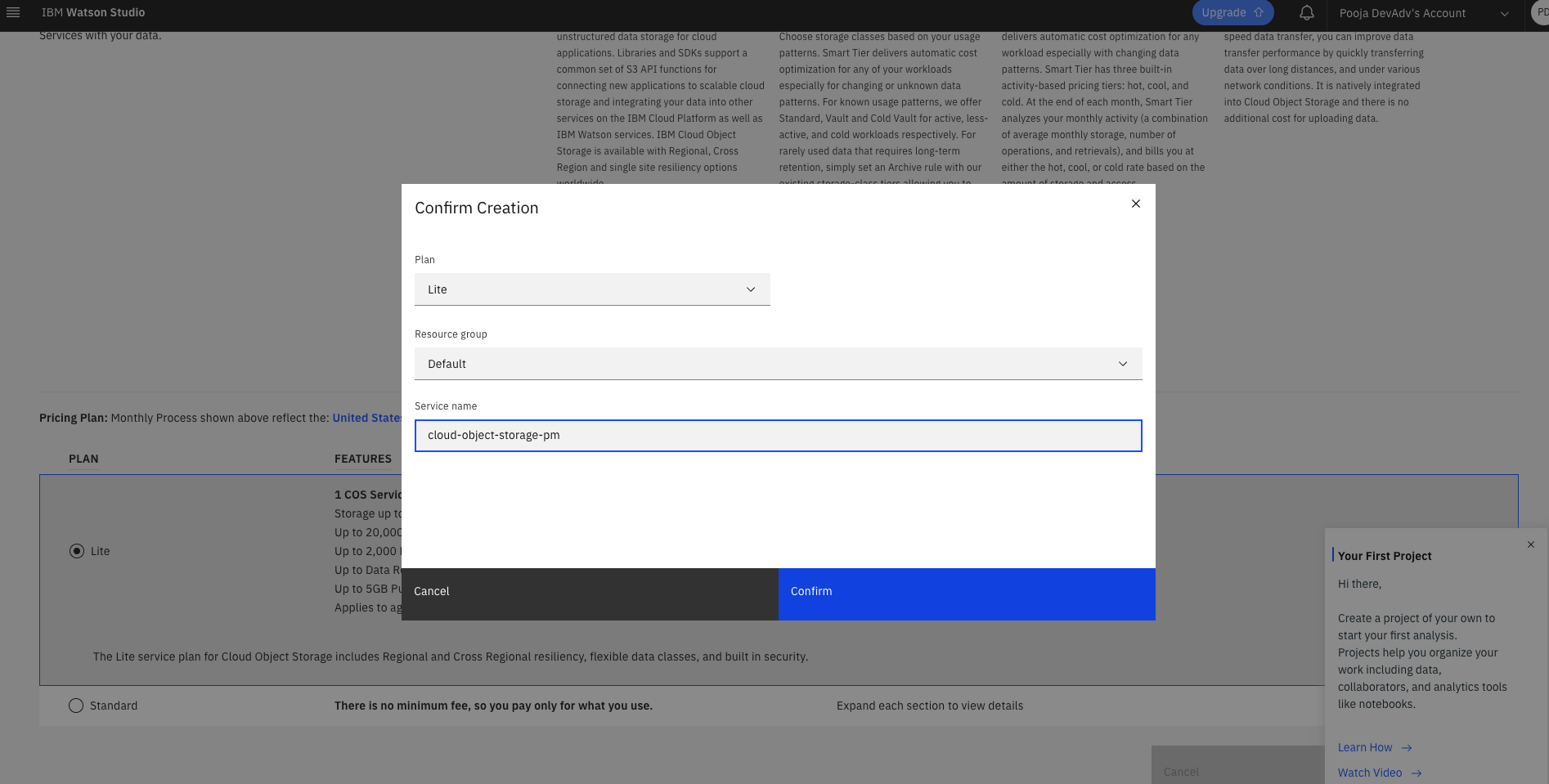
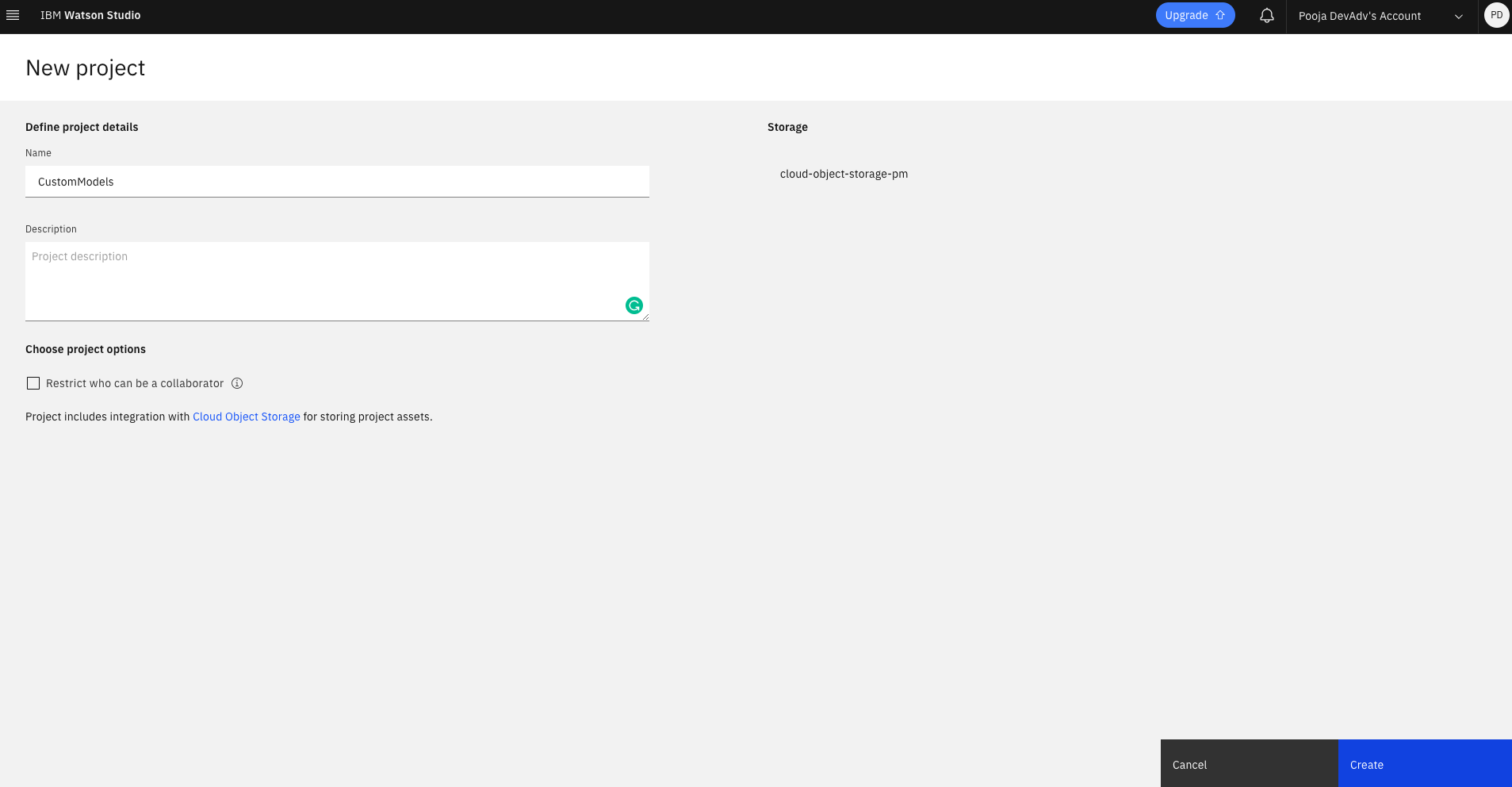
Add Object storage service
Choose lite service and rename service
Refresh and Create
IBM Developer
@poojamakes
Step 7 :
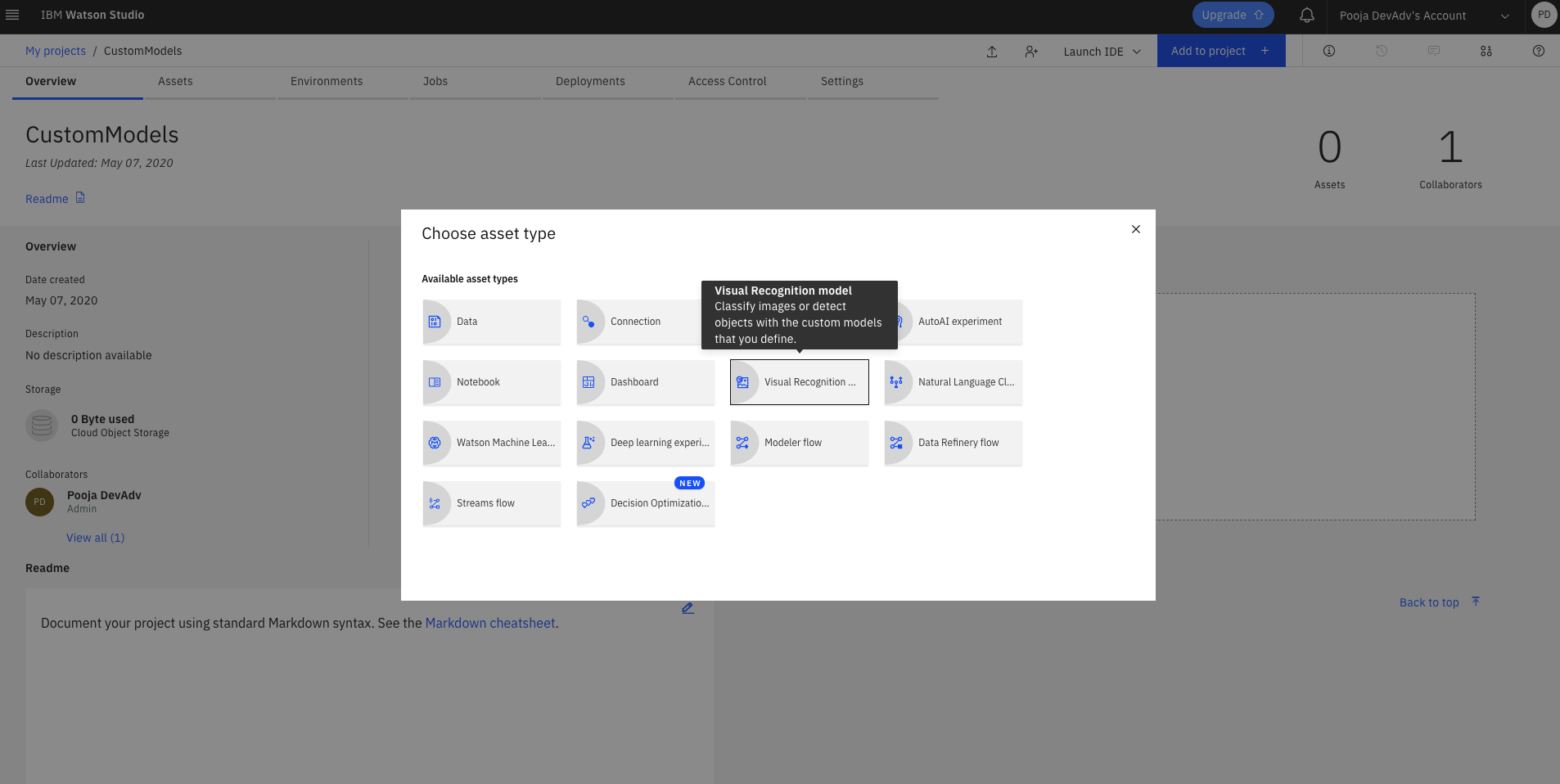
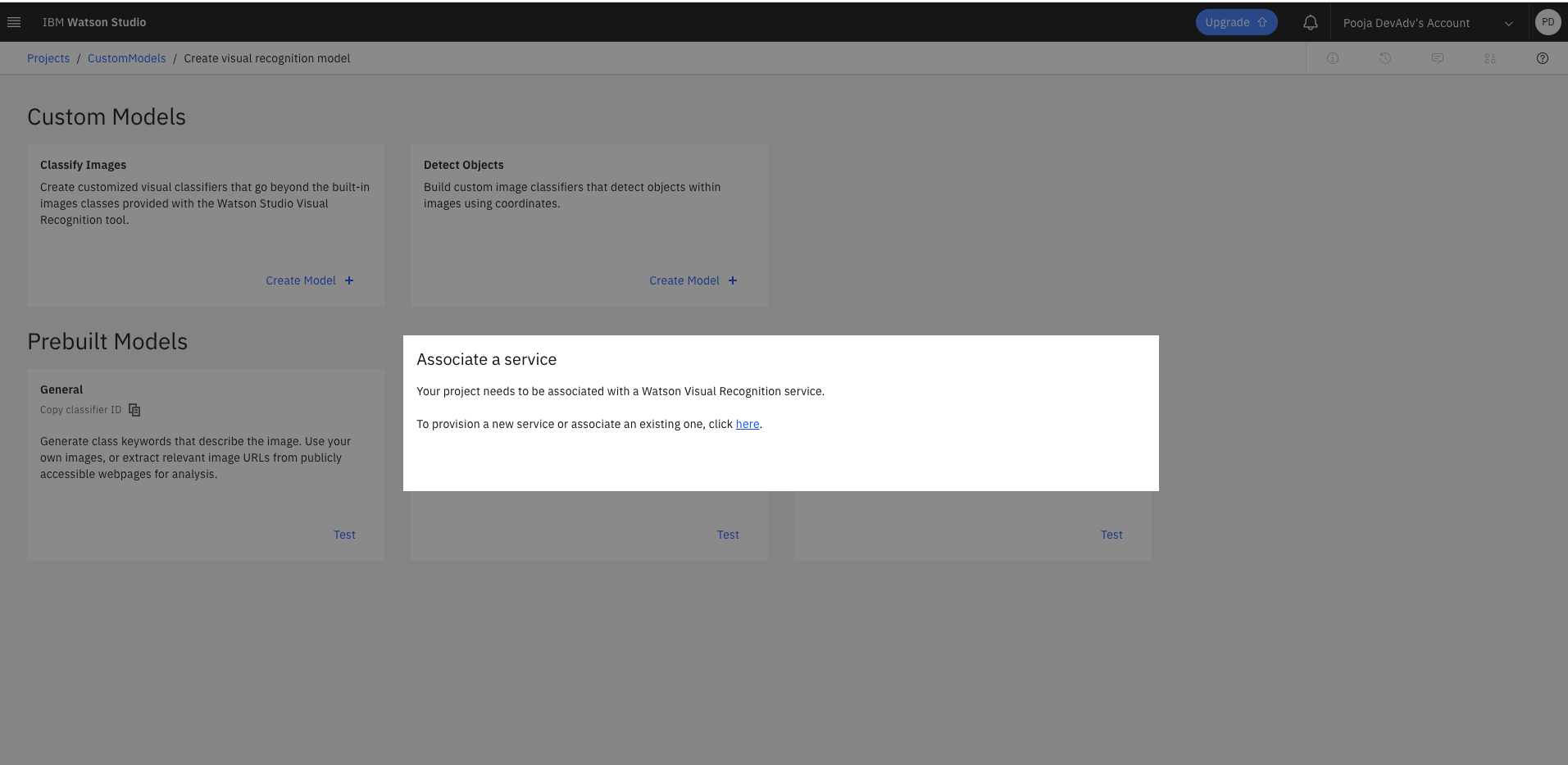
Select Visual Recognition Service
Click Add to project
Create Service
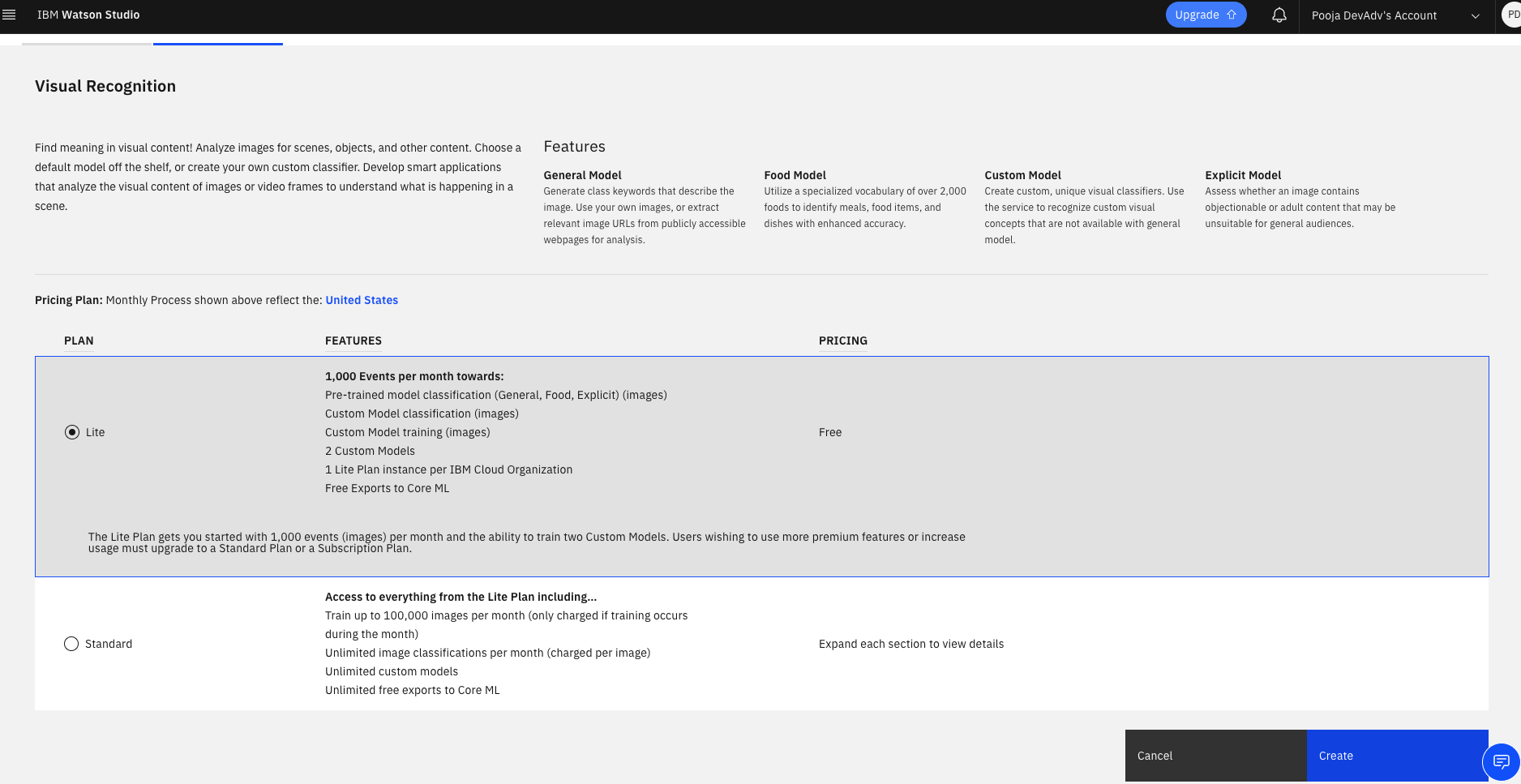
Select Lite and Create